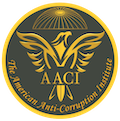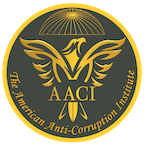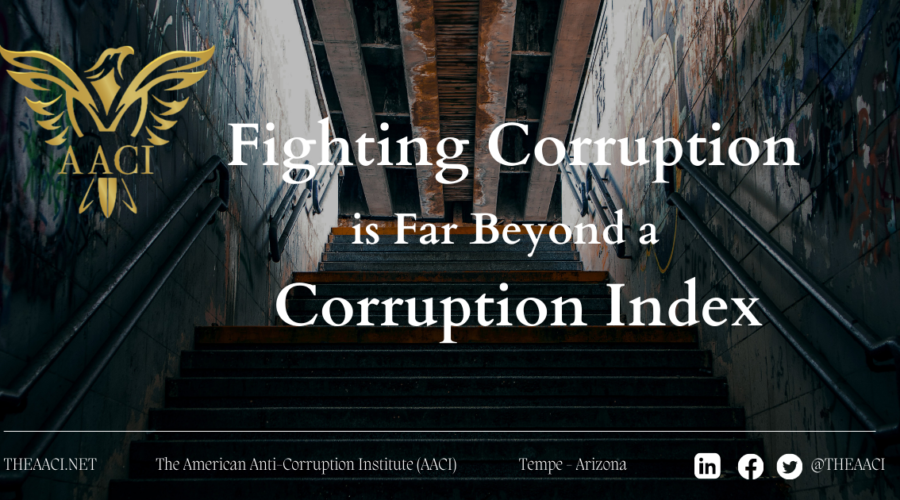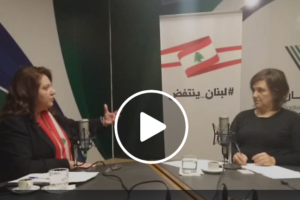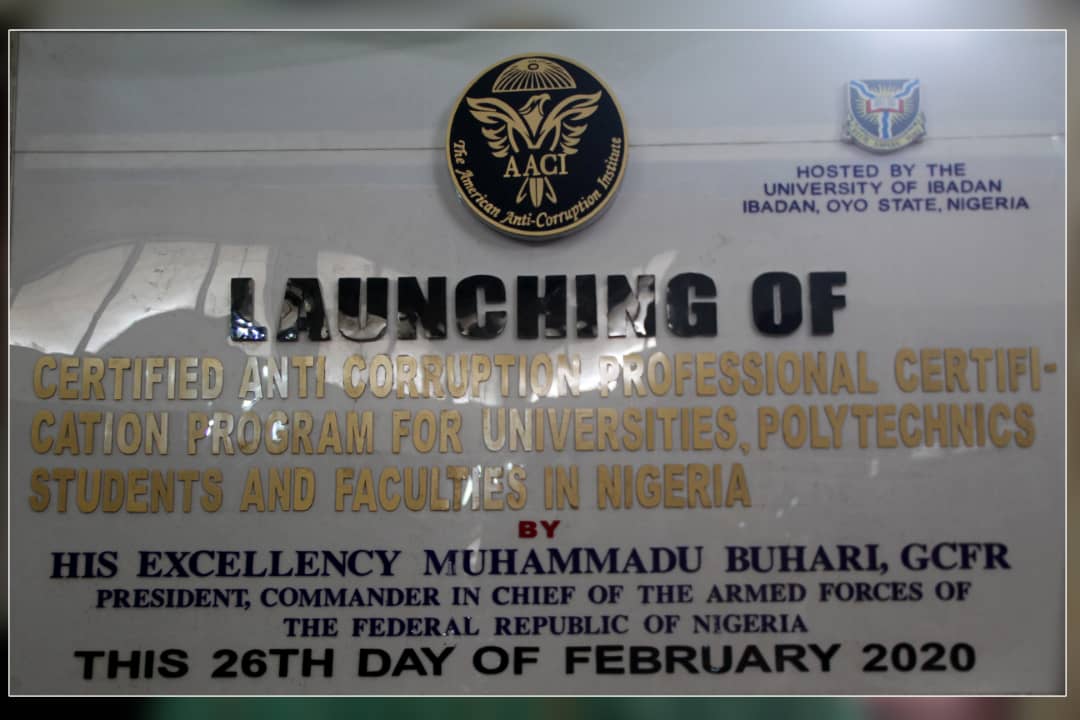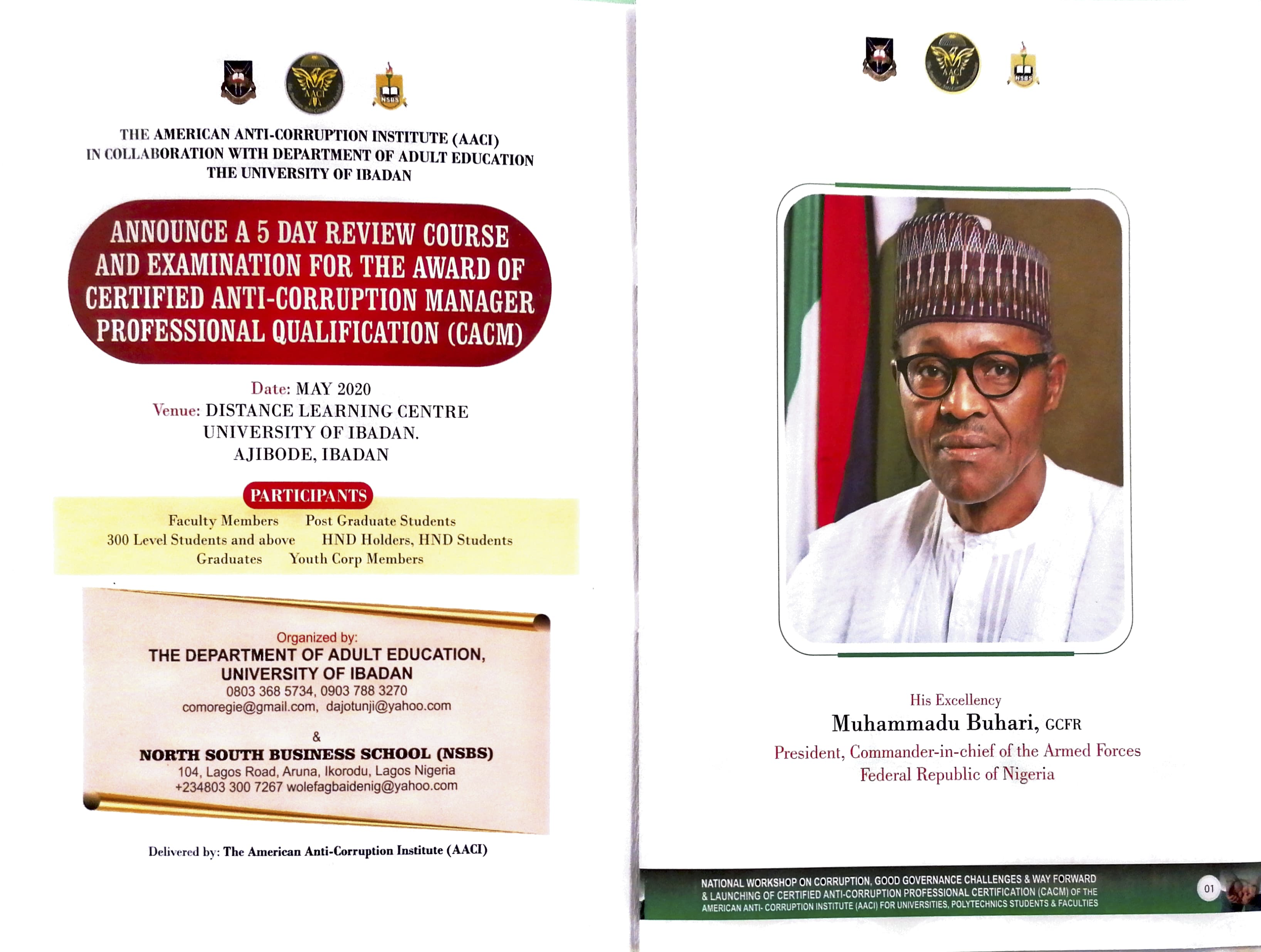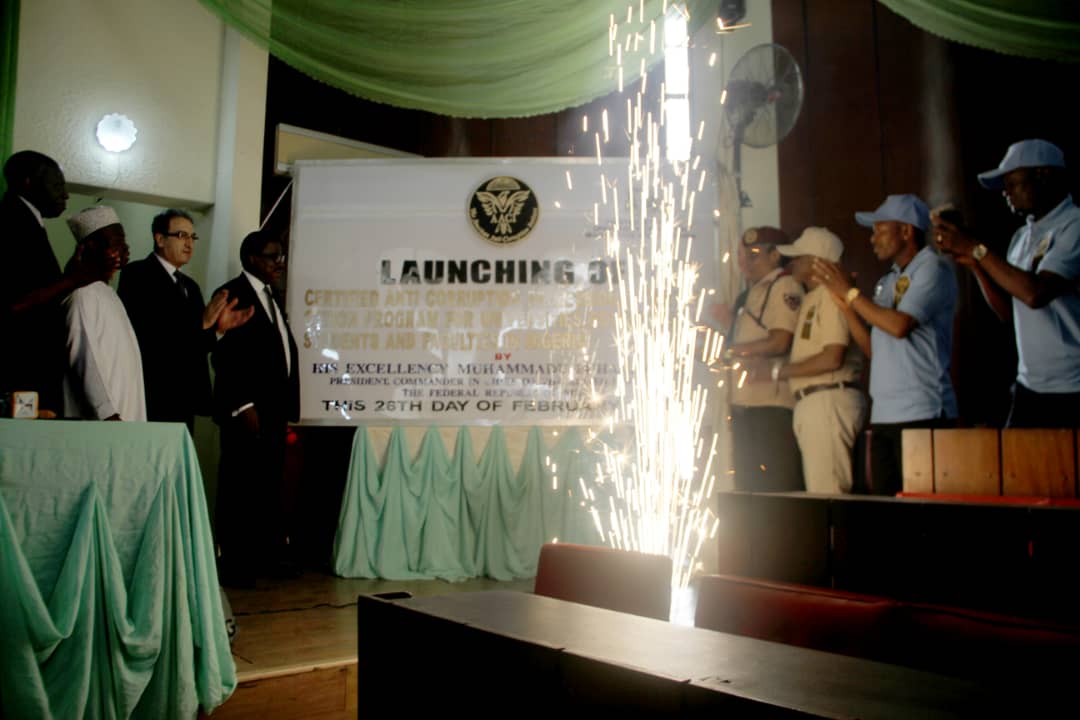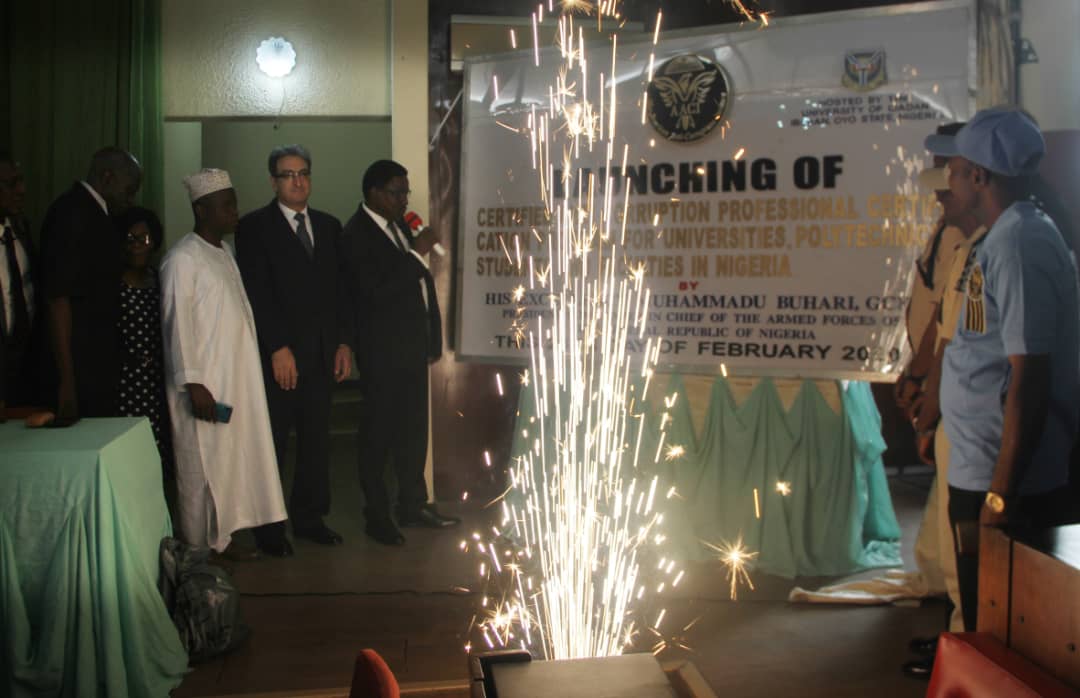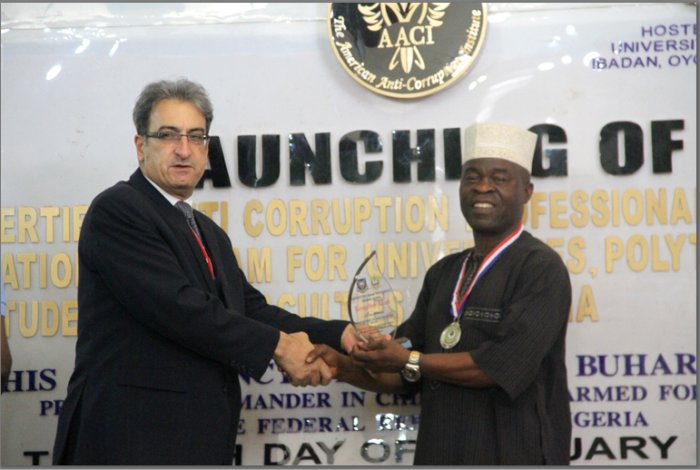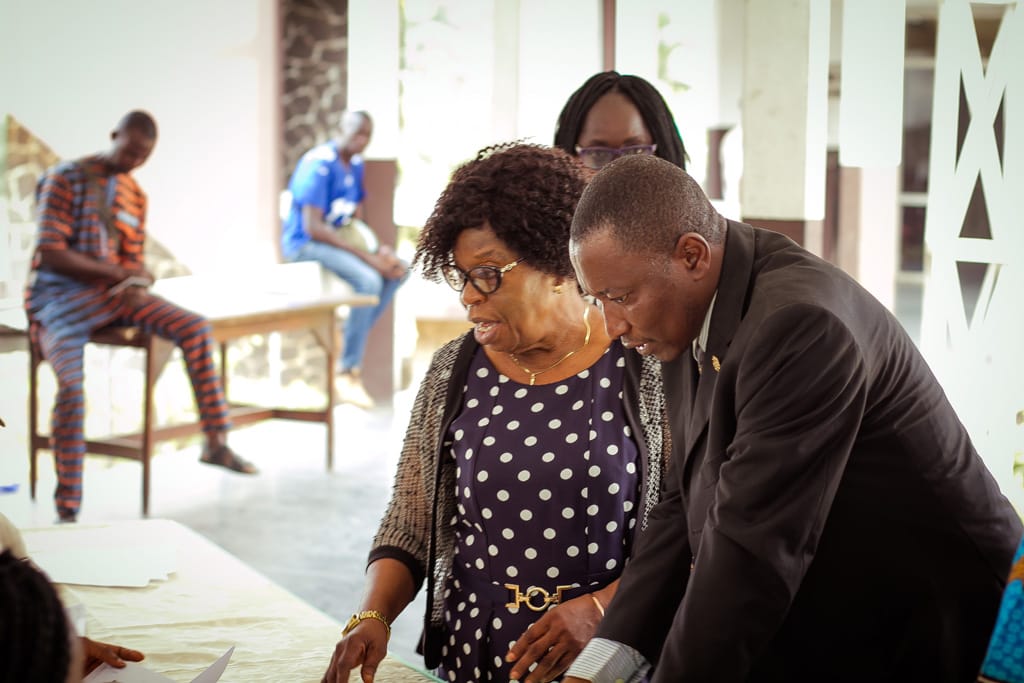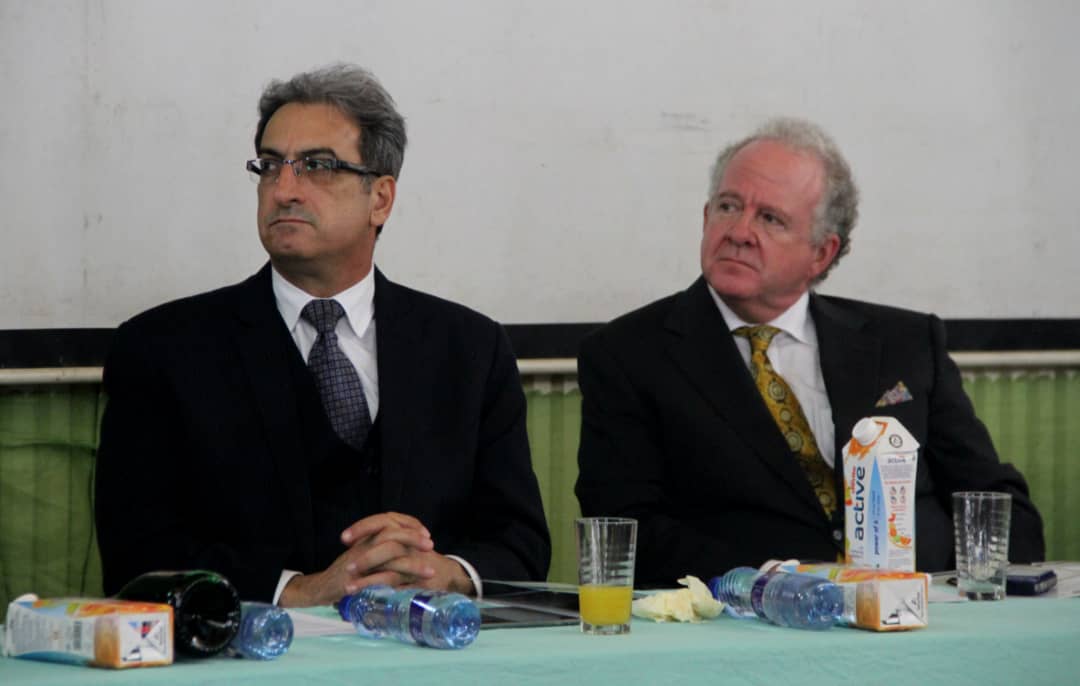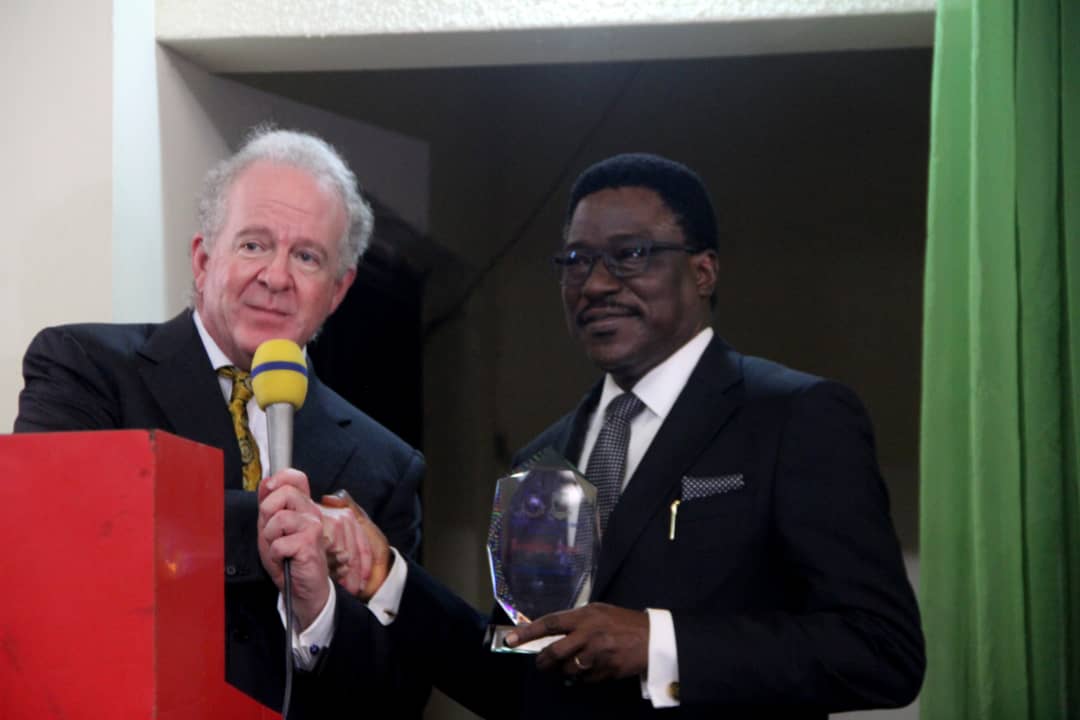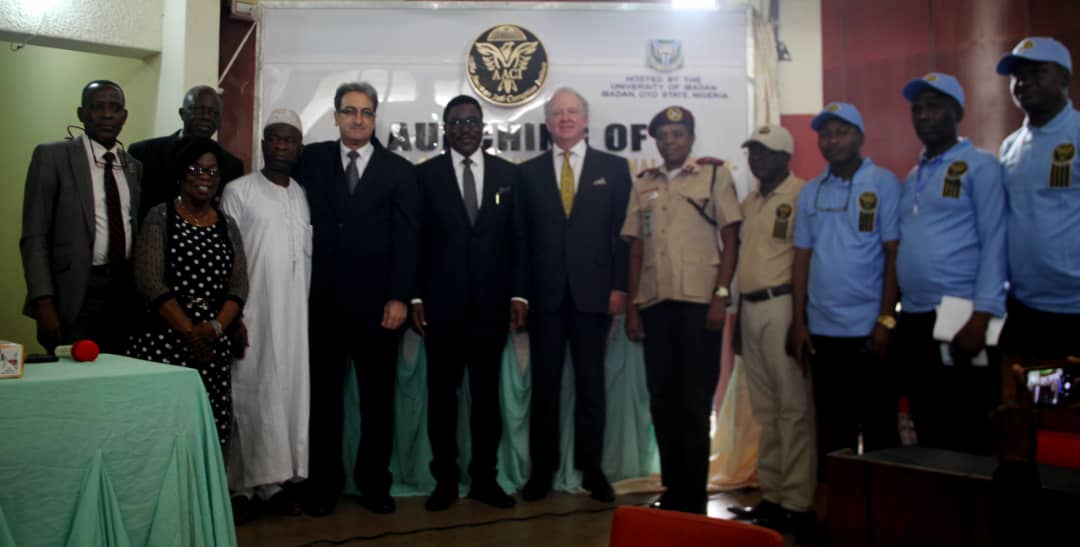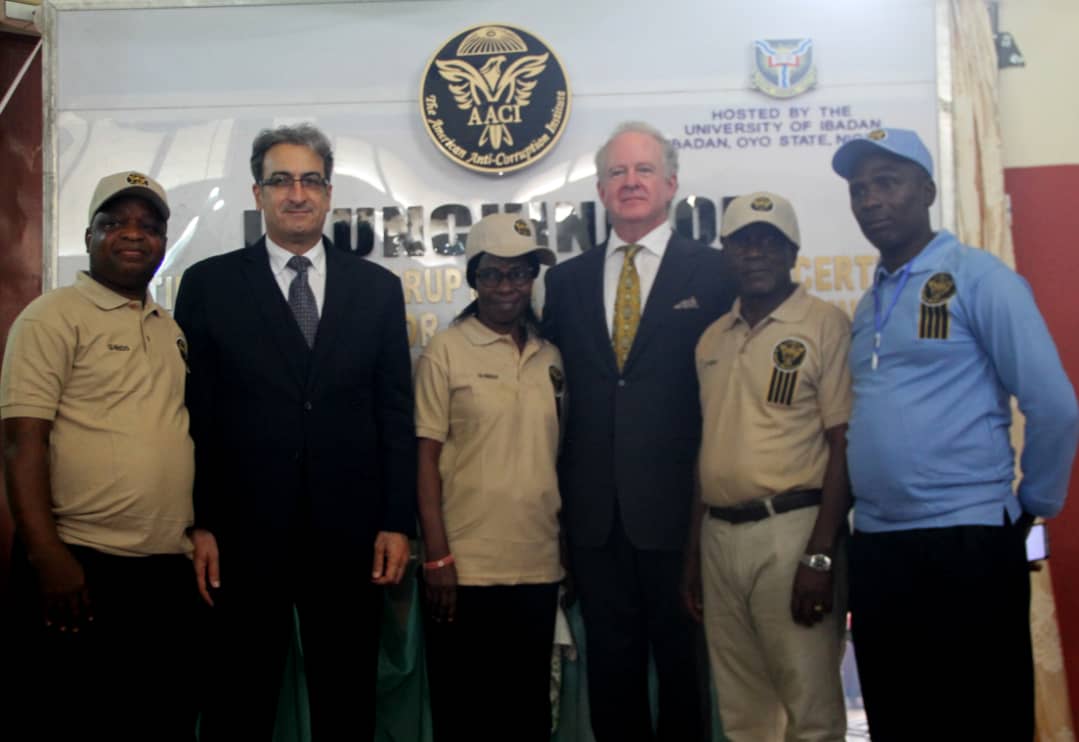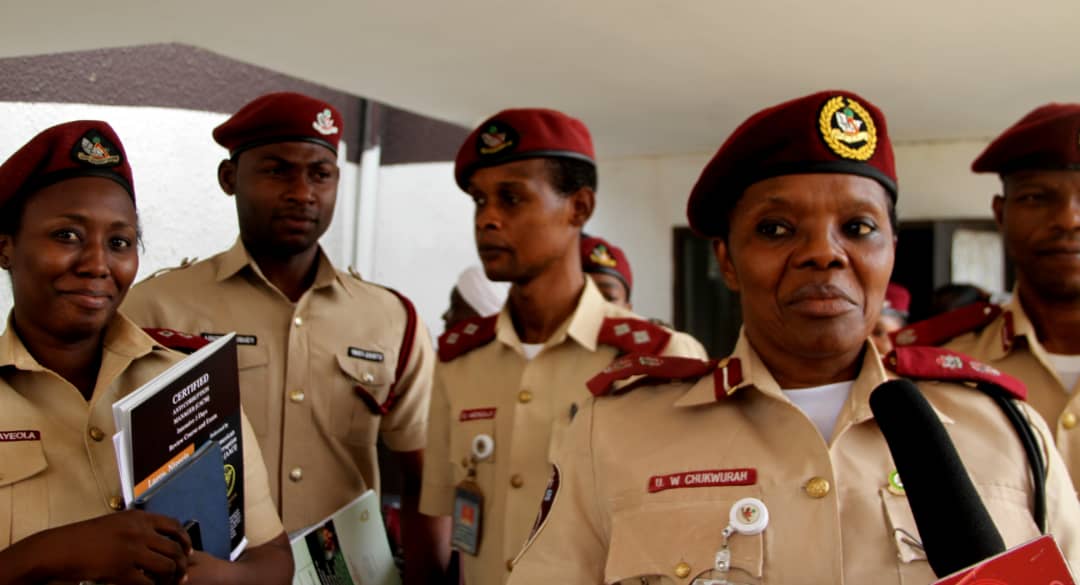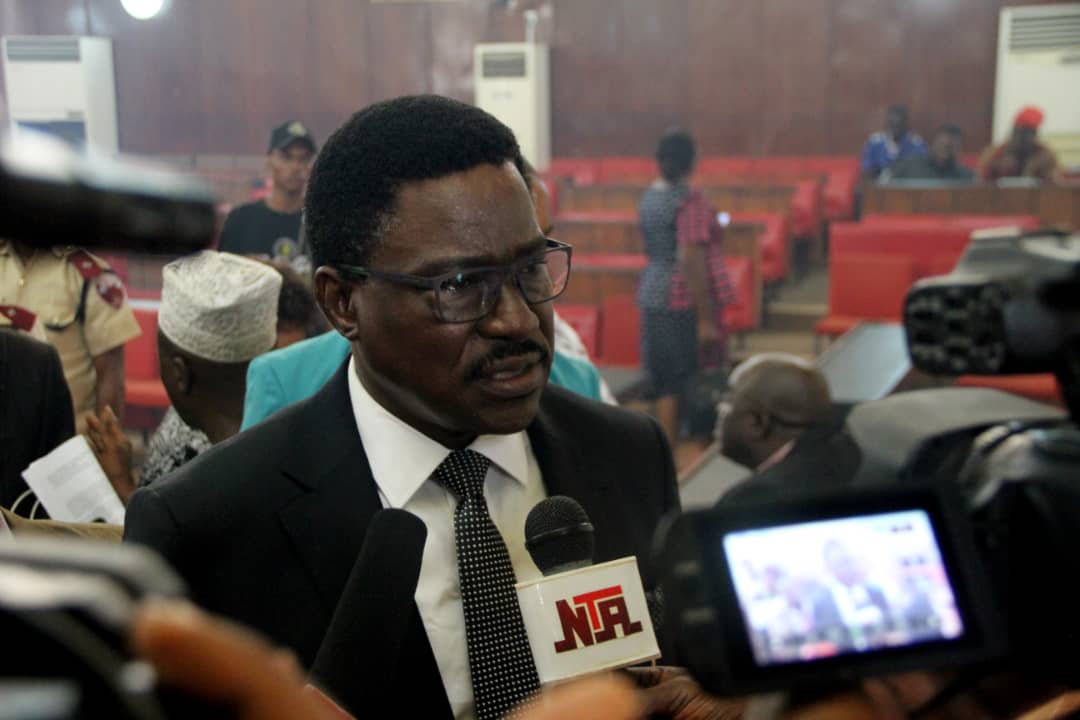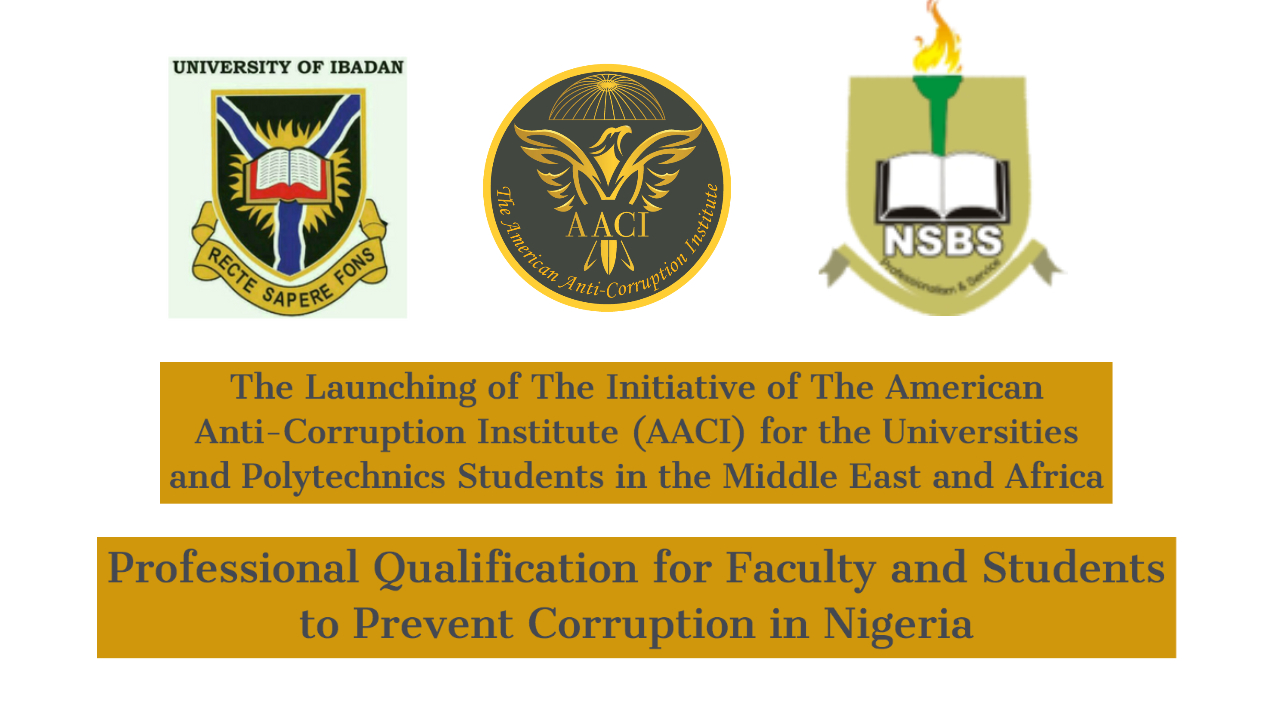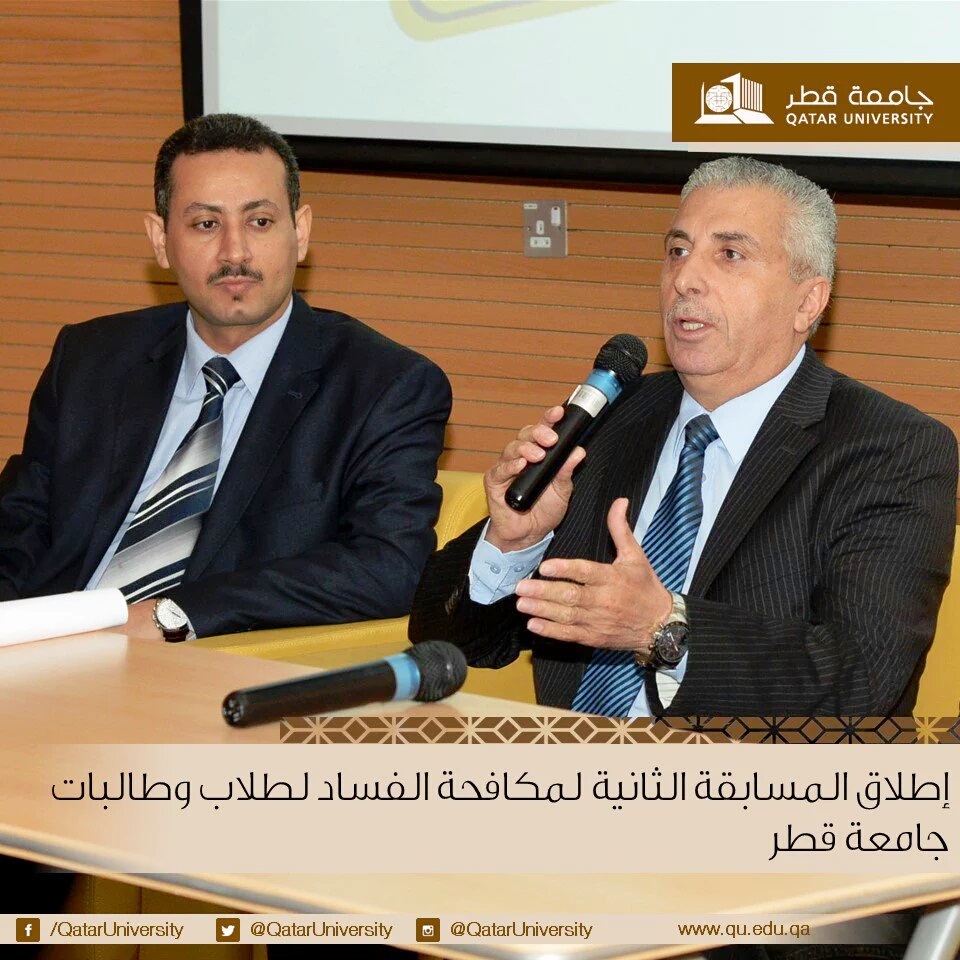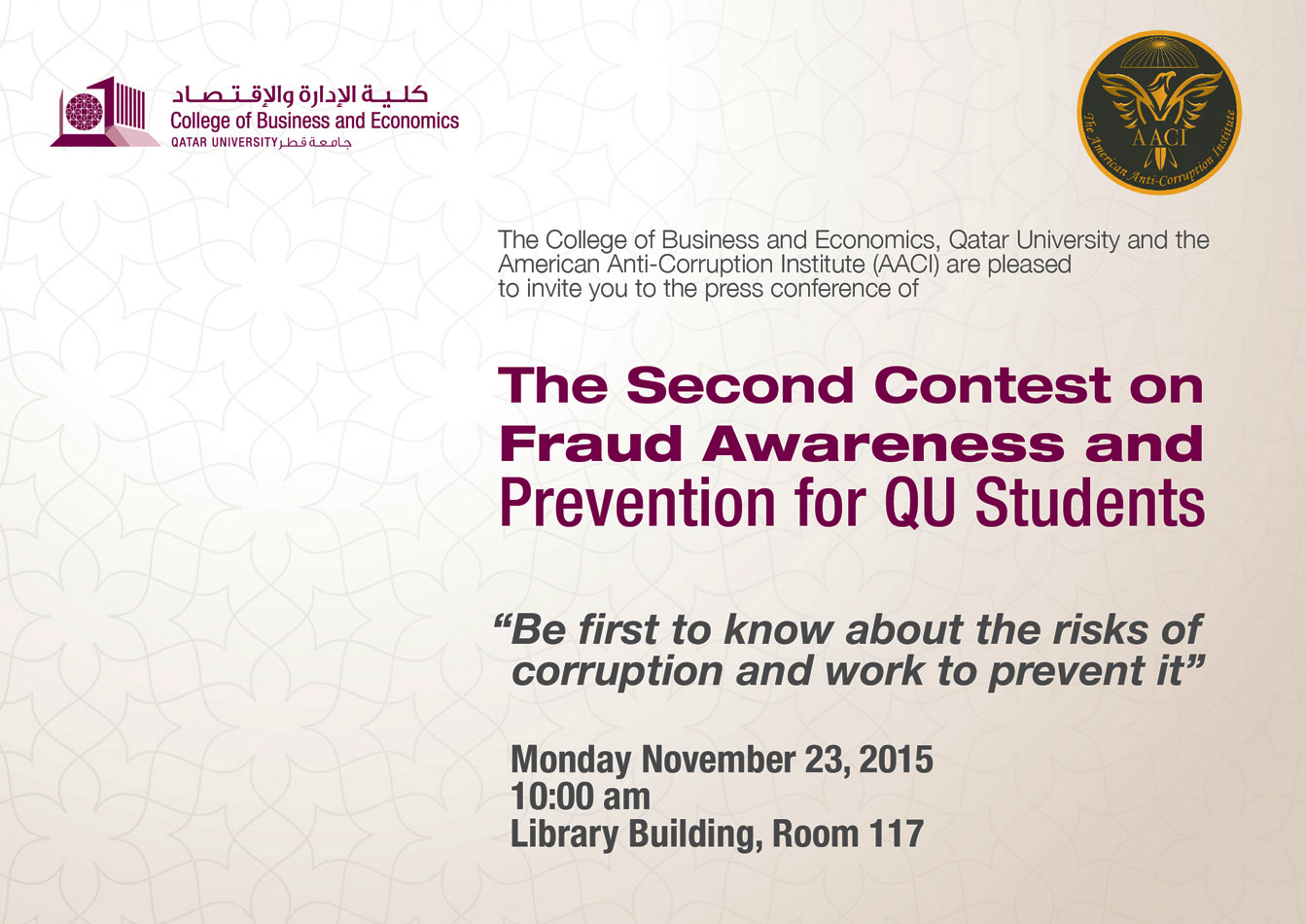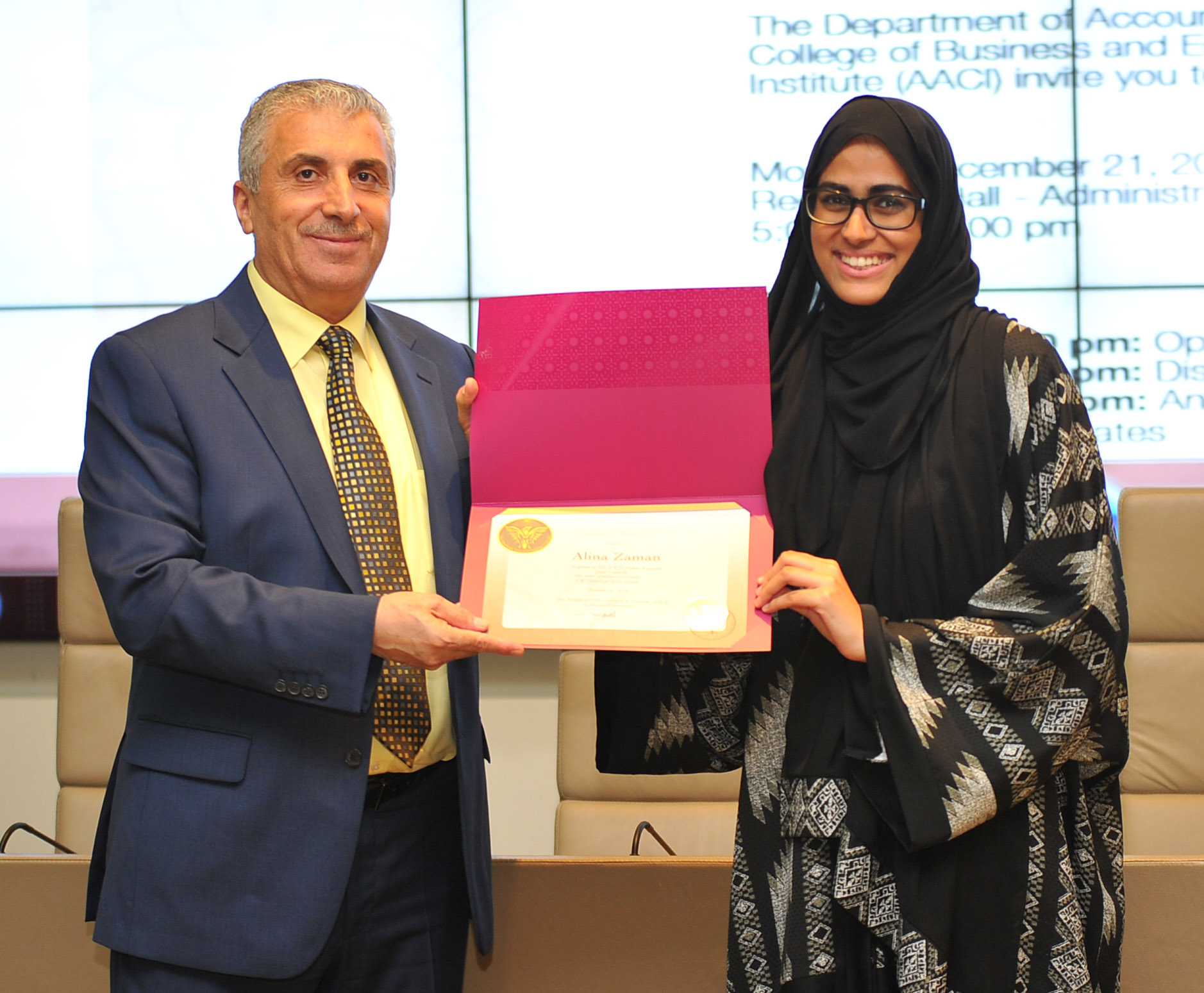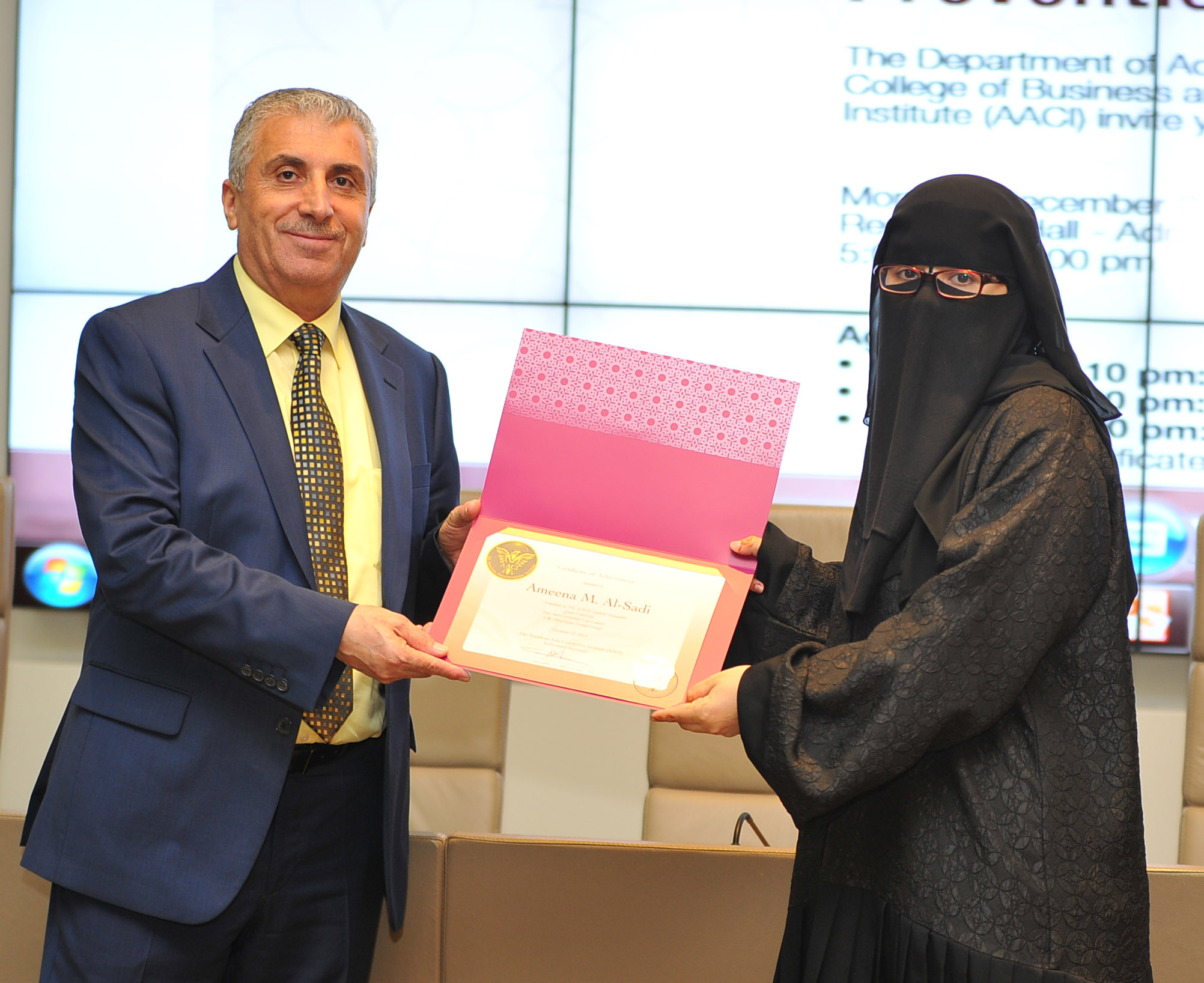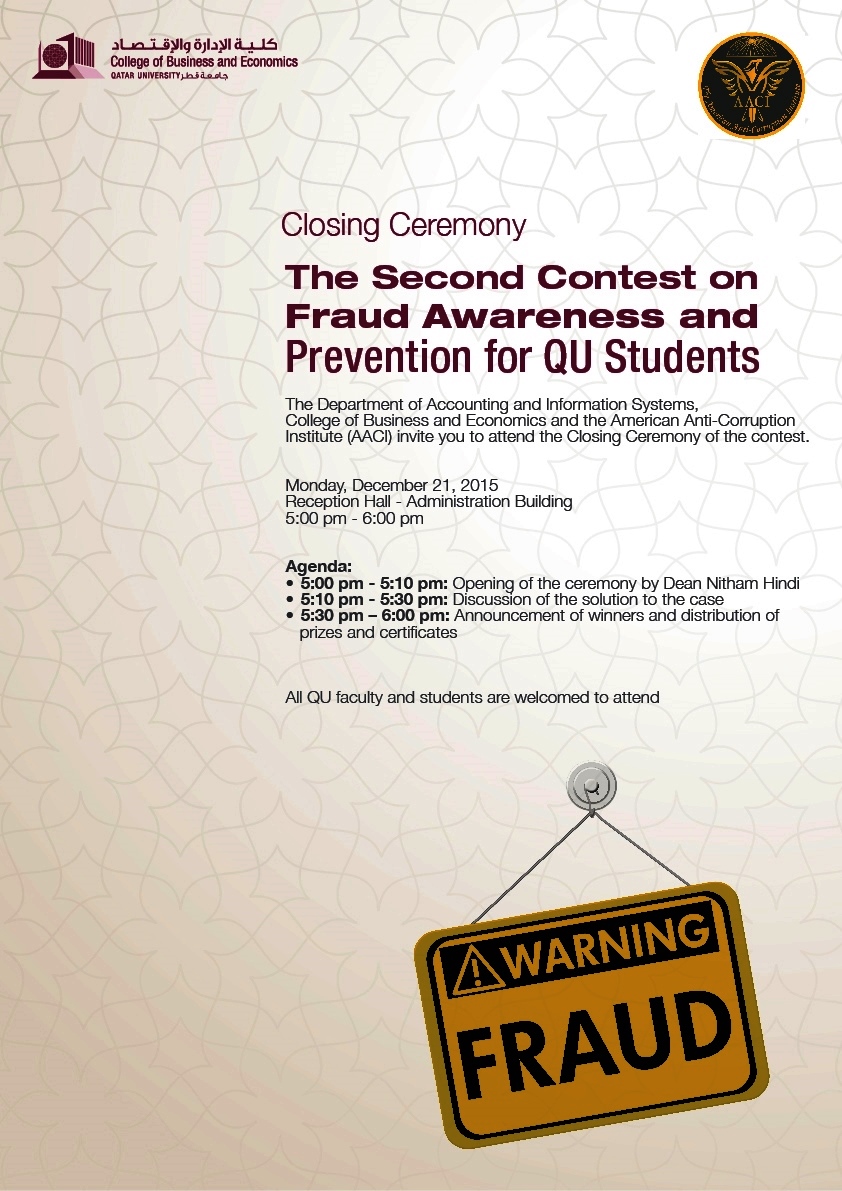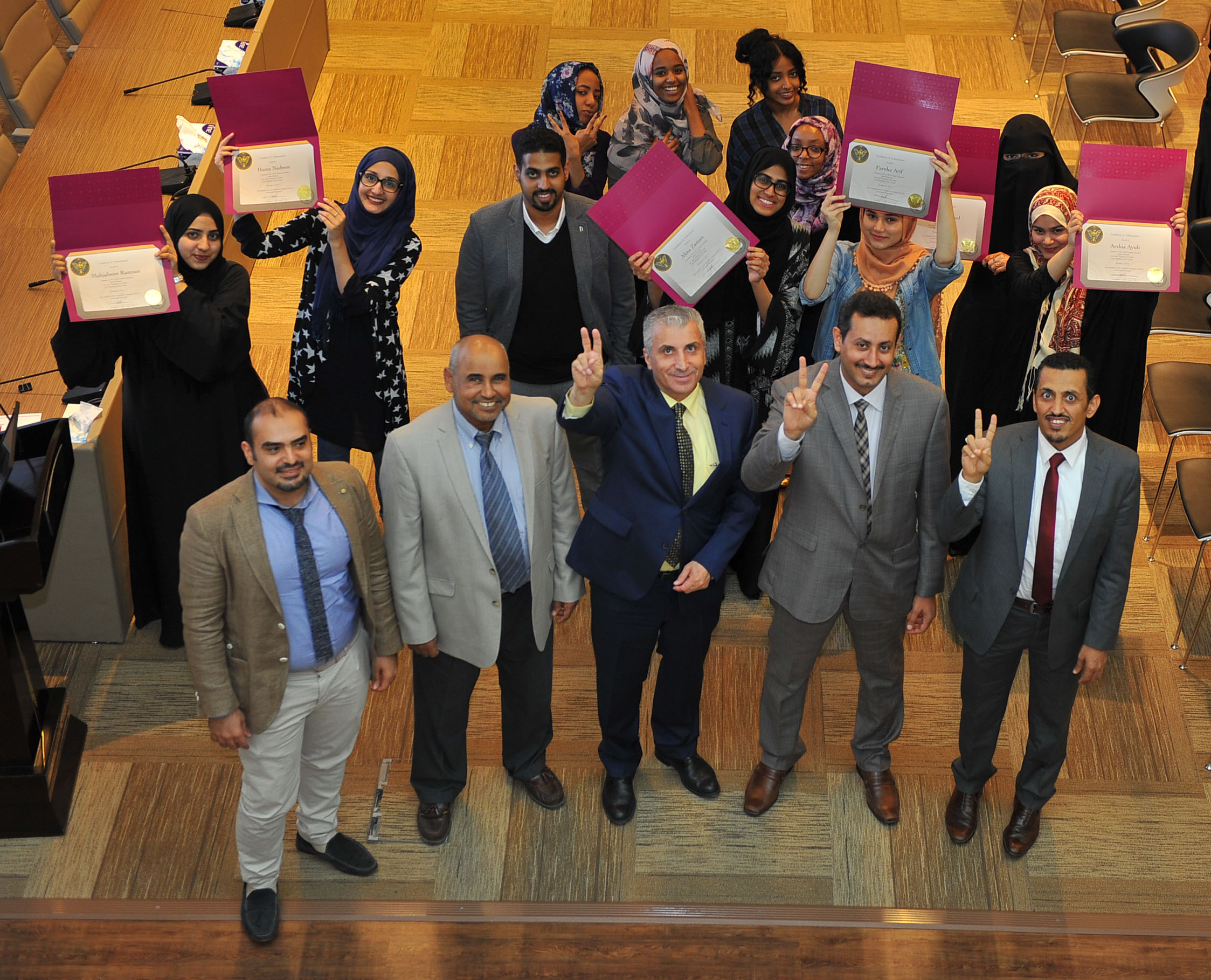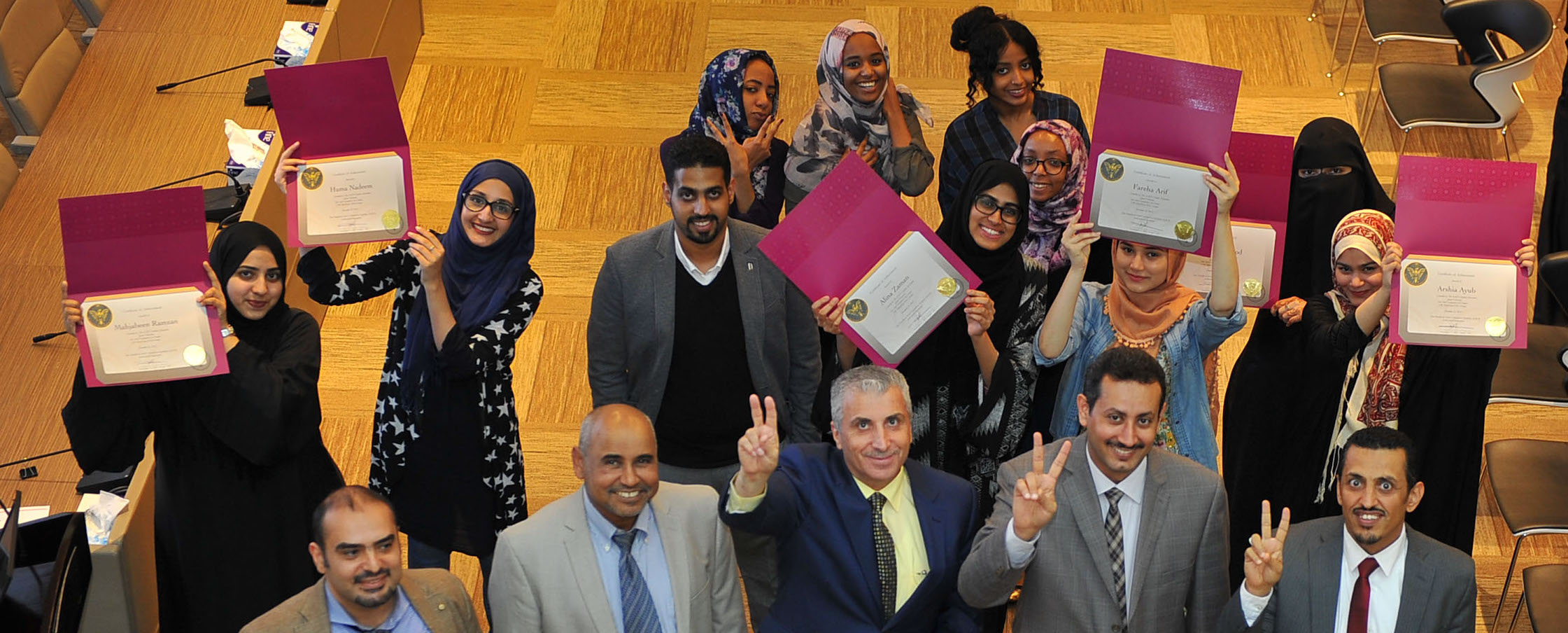Mike Masoud
May 21, 2023
The AACI defines fighting corruption as follows:
“It is a process effected by those charged with governance, employees, citizens, and other stakeholders to provide a reasonable assurance that those entrusted with power do not abuse it for private gain. It is
1. Holistic,
2. Continuous,
3. Results-oriented,
4. Multidisciplinary, and
5. Encompasses all economic sectors (private and public, and non-profits)”
Processes used to fight corruption are classified as follows:
1. Preventive,
2. Deterrent, and
3. Detective ( and corrective).
Preventive anti-corruption measures aim to lower the likelihood of corruption occurrence. Examples of corruption prevention measures are the following non-exhaustive list:
1. Raising anti-corruption public and constituents’ awareness,
2. Implementing the ten principles of fighting corruption,
2. Creating an anti-corruption culture,
4. Designing and implementing corruption prevention policy (including a whistleblowing system),
5. Providing those charged with governance, management, and employees with annual relevant anti-corruption training courses and certification.
Corruption Indices
A corruption index is an indicator developed to provide reasonable assurance about corruption in an entity at a specific time. The entity could be a company, ministry, non-profit organization, economic sector, or entire economy of a country. The reliability and added value of a corruption index depend on many factors, but most significantly, the reliability of the methodology used to acquire information about the state of corruption.
Corruption Perception Index (CPI)
The corruption perception index (CPI) published annually by Transparency International (TI) is widely known to provide indicators of corruption in countries and territories globally. “The CPI ranks 180 countries and territories around the world by their perceived levels of public sector corruption. The results are given on a scale of 0 (highly corrupt) to 100 (very clean). ” 1
Explaining the CPI and its measures, TI stated the following:
1- It measures perceptions of public sector corruption only
The CPI measures expert perceptions of corruption. Firstly, the underlying surveys which form the CPI are usually based on responses from (1) academics, (2) country specialists, and(3) business executives. This is not a survey of our colleagues or a survey of citizens; it is a review of expert opinion.
2- it measures public sector corruption only. Many of the surveys forming the CPI ask respondents about the prevalence of (a) bribery and (b) embezzlement in (1) the government,(2) the legislature, and (3) the judiciary. It does NOT provide a comment on how a country facilitates corruption elsewhere in the world; 2
The TI’s CPI Does NOT
1. Capture the state of corruption in the private sector.
2. Capture the state of corruption in the non-profit sector.
3. Capture the state of money laundering in the country.
4. Capture what a country does to fight financing terrorism
5. Capture the country’s compliance with the United Nations Convention Against Corruption ( UNCAC)
Who is Responsible for Fighting Corruption in a Country?
The government is responsible for “fighting corruption” and is accountable for the results it achieves. As mentioned above, fighting corruption encompasses all economic sectors (private and public, and non-profits). Therefore, policymakers and those charged with governance in all economic sectors should clearly understand what corruption indices are and how much they can rely on them in designing effective anti-corruption strategies, policies, and initiatives.
Sources
- Read more on https://www.transparency.org/en/cpi/2021 , Accessed on May 17, 2023
- Read more on https://www.transparency.org.uk/corruption-perceptions-index-cpi-2019-uk-results-explained , Accessed on May 4, 2023.
Photo by Игорь Альшин: https://www.pexels.com/photo/a-concrete-stairway-with-steel-railings-2886258/
